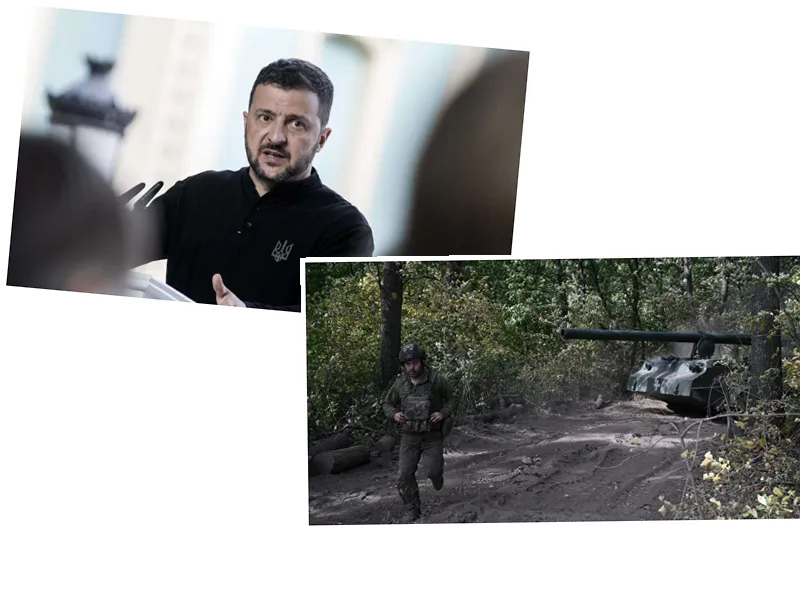EU Seeks to Utilize Frozen Russian Assets to Aid Ukraine
In a bid to weaken Russia's economy amid the ongoing Ukraine conflict, the European Union (EU) has devised plans to utilize billions of euros worth of frozen Russian assets. Following a series of sanctions imposed by Western allies, approximately 300 billion euros belonging to the Russian Central Bank remain inaccessible in the West. The EU aims to channel some of these funds to support Ukraine, which is in dire need of financial assistance as it continues to defend against Russian aggression.
The G7 countries have proposed a loan of up to 50 billion US dollars to Ukraine, with a significant portion expected to come from the profits generated by these frozen assets. However, Hungary's veto has posed a challenge to the EU's plans for a joint EU-US loan. In light of this, the EU is now exploring an alternative strategy that would allow it to proceed with an EU-only loan, potentially ranging between 20 billion to 40 billion euros, without needing Hungary's approval. This maneuver aims to bypass Hungary's previous blockages of Western sanctions and aid efforts.
The Financial Mechanism Behind the Aid
Recent reports indicate that approximately 4.4 billion euros in interest has been accrued from the frozen Russian assets in 2023 alone. The EU has already initiated payments, with an initial transfer of 1.5 billion euros to support Ukraine, which will be allocated for purchasing military equipment. The funds are distributed through the Ukraine Peace Facility, designed to bolster Ukraine's defense capabilities against ongoing Russian attacks. Furthermore, the EU emphasizes that these profits do not belong to Russia but are held by central securities depositories, allowing for their use in aiding Ukraine.
Calls for Complete Confiscation of Russian Assets
Despite these efforts, Ukrainian officials, including Deputy Finance Minister Olha Zykova, argue that the financial support remains insufficient. They are advocating for the complete confiscation of all frozen Russian assets to address growing needs for external budget support, projected to exceed 13.4 billion euros by 2025. Additionally, Estonia has taken steps towards drafting legislation for asset confiscation, highlighting the urgency of the situation as Ukraine continues to face challenges in securing necessary funding for its defense.
As the situation evolves, the EU's approach to utilizing frozen Russian assets remains a focal point of international discussions, emphasizing the complex interplay of politics, finance, and military aid in the ongoing conflict.
- The ongoing geopolitical tensions have led to unprecedented sanctions against Russia, impacting its economy significantly. The frozen assets represent a crucial financial resource for Ukraine, which has been grappling with the economic fallout of the war. The EU's strategy reflects a growing consensus among Western allies to leverage these assets for humanitarian and military support, reinforcing their commitment to Ukraine's sovereignty. In parallel, the internal dynamics within the EU are also under scrutiny, particularly with the resignation of EU Commissioner Thierry Breton, who cited governance issues within the Commission. This situation underscores the challenges faced by the EU in maintaining unity and coherence in its foreign policy, especially regarding the ongoing crisis in Ukraine and relations with Russia.





